Sunflower, Maximilian
Used in food plots for birds, erosion control, and prairie mixes. Perennial.
Used in food plots for birds, erosion control, and prairie mixes. Perennial.
| Grow Height | Bloom Period | Growing Regions | Planting Rate Acre |
Bloom Color |
| 3-10′ | July-Oct. | 5 PLS | Yellow |
| Weight | 1 lbs |
|---|
Be the first to review “Sunflower, Maximilian” Cancel reply
You must be logged in to post a review.
Related products
Tolerates drought, full sun, or part shade. Annual used for meadow mixes due to blue color. Seeds easily.
Stiff goldenrod occurs in open woods, glades, thickets and prairies. Features tiny, bright yellow, daisy like flowers in dense, erect, flat-topped terminal clusters.
Full sun or part shade. Useful ground cover. Flowers are up to 4" across. This perennial is a substitute for Common Daisy.
Introduced to America from Europe. Short lived and Hardy annual. Flowers are white forming dense delicate clusters. Prefers full sun in drained soils.
Sprawling or semi-prostrate perennial with very showy flowers. Grows in various soils in the Texas hill country.
Native to Eurasia, this Flax is an annual and through the centuries has been grown by man kind for its fiber and grain.
Well adapted native annual wildflower to the plains states. Blooms first year into late summer.
Produces a mixture of annual and perennial plants. Recommended planting fall and winter. Colors produced will depend on plants that can establish in your soils but includes blue, yellow, and reds mainly.
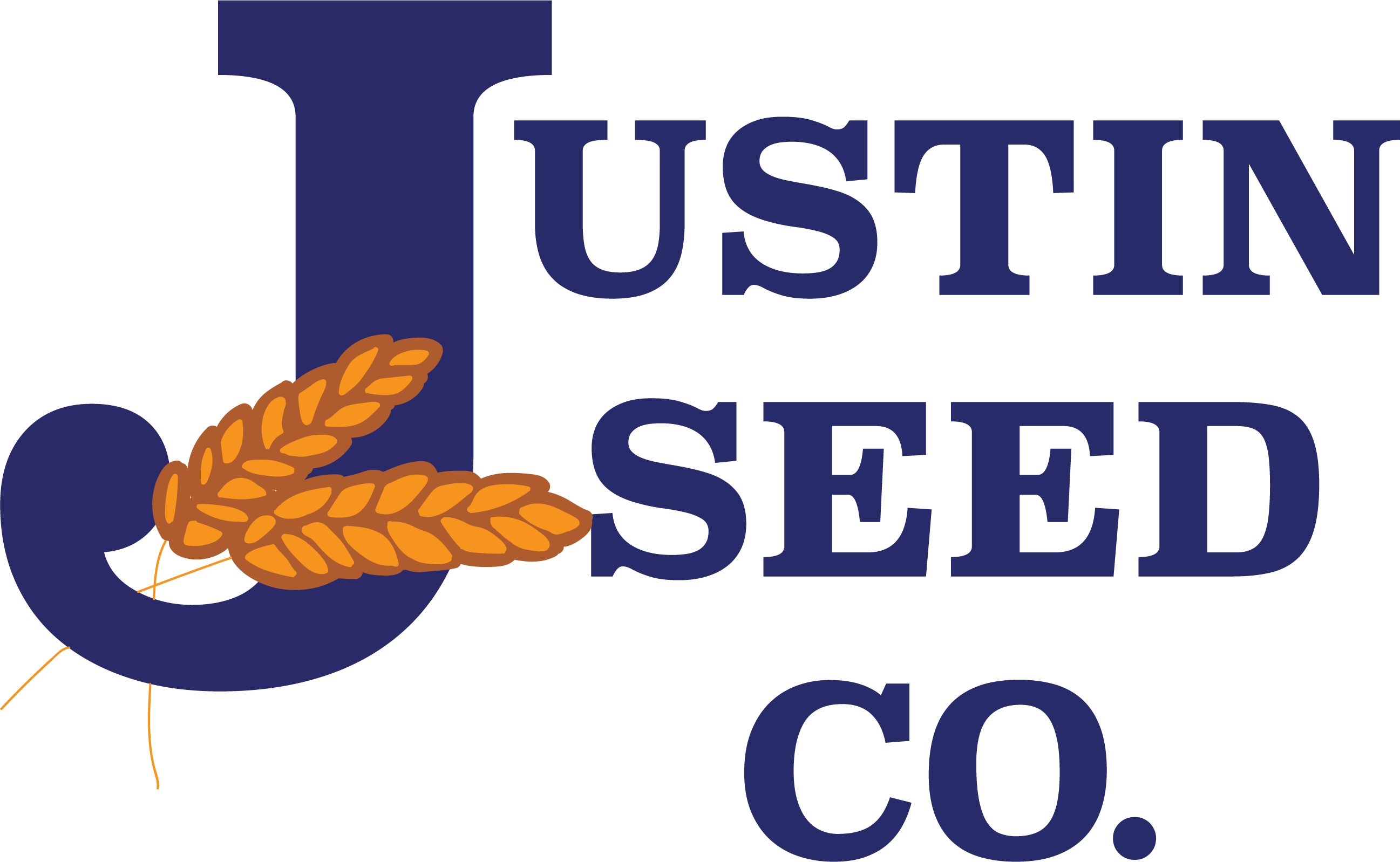

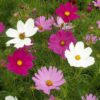

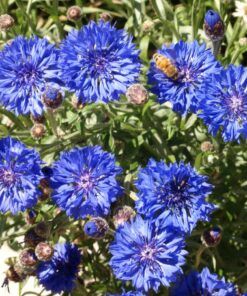
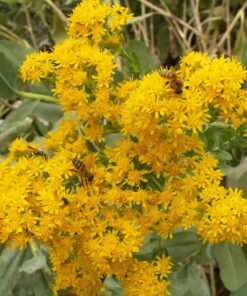
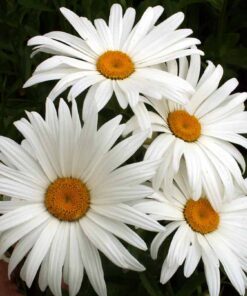
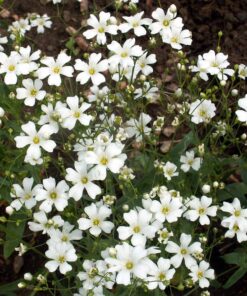
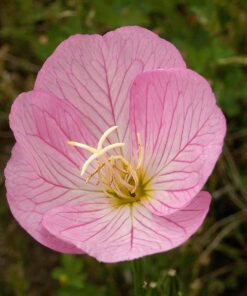
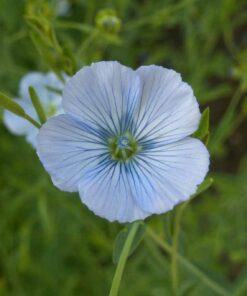
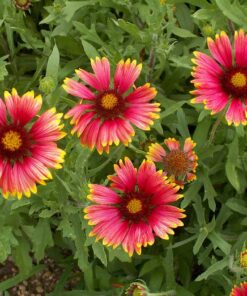
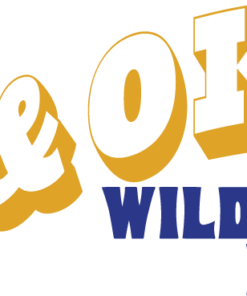
Reviews
There are no reviews yet.